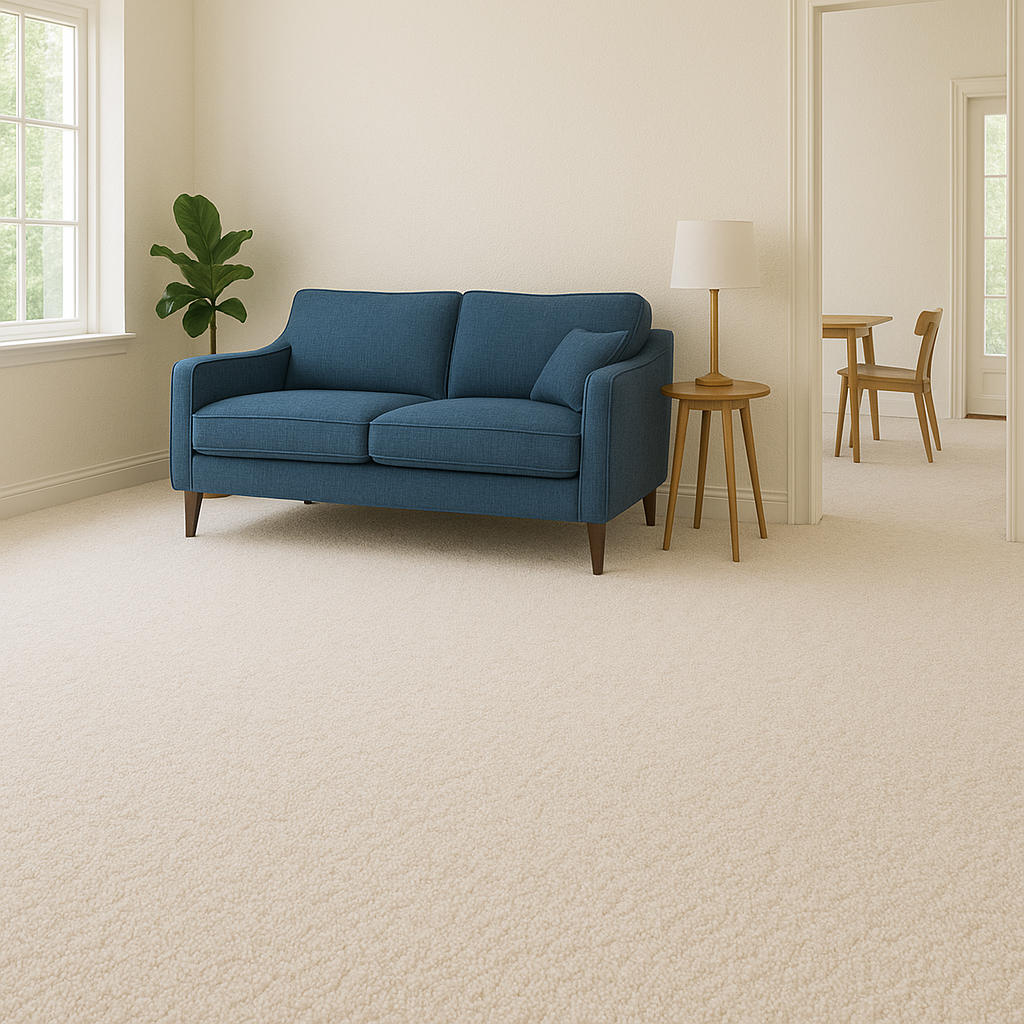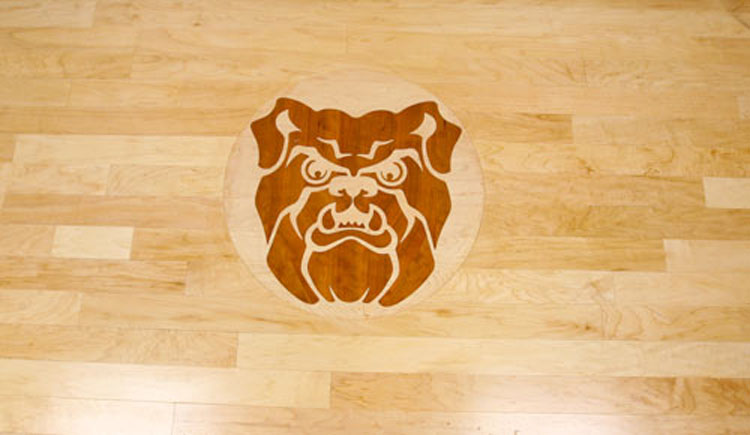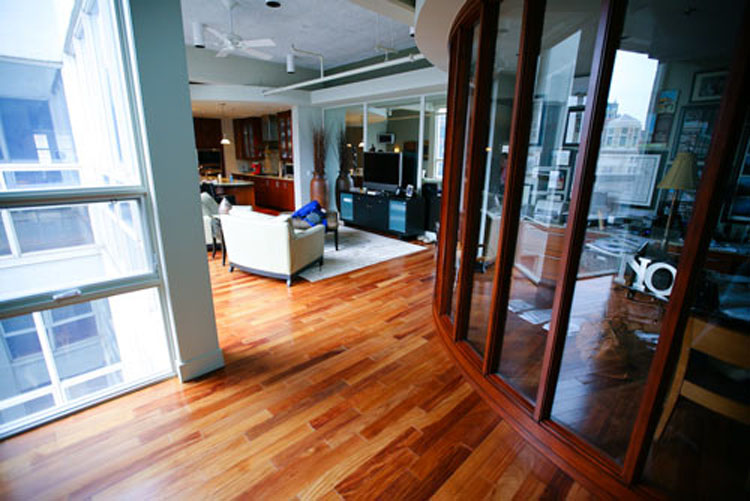Carpet has long been a favorite flooring choice for homeowners who value comfort, warmth, and
style. With countless textures, patterns, and colors available, carpet brings personality and
coziness to any room. But unlike hard flooring surfaces, carpet requires more consistent care to
keep it looking fresh and lasting longer. From daily cleaning routines to professional
maintenance, proper carpet care not only improves appearance but also extends the life of your
investment. This article provides a step-by-step guide to carpet cleaning, stain removal,
protection strategies, and long-term maintenance.
Why Carpet Care Matters
Carpet fibers naturally trap dirt, dust, and allergens, which can accumulate over time if not
properly cleaned. This affects not only appearance but also indoor air quality. Without
maintenance, carpet can wear down quickly, develop stains that won’t come out, and even harbor
bacteria. On the other hand, regular carpet care has multiple benefits:
Extends lifespan: Well-maintained carpet can last 10–15 years.
Improves air quality: Vacuuming reduces allergens, dust, and pet dander.
Maintains appearance: Consistent cleaning prevents permanent discoloration.
Protects investment: Quality carpet is expensive—maintenance ensures you get the
most value.
Daily and Weekly Carpet Care
Vacuuming
Vacuuming is the single most important task for carpet care. Dirt and grit that settle into fibers
act like sandpaper, wearing them down over time.
Frequency: At least once a week, more often in high-traffic areas or homes with pets.
Technique: Use slow, overlapping strokes, and vacuum in different directions to lift dirt
effectively.
Tools: Use a vacuum with HEPA filters if allergies are a concern.
Spot Cleaning
Accidents happen—spills, pet messes, or tracked-in mud. Addressing them quickly prevents
permanent stains.
Blot, don’t rub: Press with a clean towel to absorb liquid.
Use the right cleaner: Choose carpet-safe solutions. For natural options, a mixture of
vinegar and water can work on many stains.
Test first: Always test cleaners on an inconspicuous area.
Monthly and Seasonal Carpet Care
Deep Cleaning at Home
In addition to vacuuming, carpets benefit from deeper cleanings:
Carpet shampooers: Available for rent or purchase. These use hot water extraction to
lift dirt.
Foam or dry cleaning: Low-moisture methods that clean surface stains with less drying
time.
Professional Cleaning
Professional steam cleaning or hot water extraction should be scheduled every 12–18 months, or
more frequently for households with pets or allergies. Professional equipment reaches deeper
into fibers than home machines.
Stain Removal Tips
Different stains require different approaches:
Wine or juice: Blot with club soda, then apply a vinegar-water solution.
Pet stains: Use enzymatic cleaners designed to break down proteins.
Coffee or tea: Apply a mix of vinegar and water, then blot dry.
Grease stains: Sprinkle baking soda, let sit, then vacuum and clean with dish soap
solution.
The key is to act quickly—older stains are much harder to remove.
Protecting Carpet from Damage
Use Rugs and Runners
Place area rugs in high-traffic zones such as hallways and entryways to reduce wear.
Rearrange Furniture
Moving furniture occasionally prevents crushing the same fibers year after year and extends
carpet life.
Prevent Sun Fading
UV rays can fade carpet colors over time. Use blinds, curtains, or UV-blocking window films in
sunny rooms.
No-Shoes Policy
Encourage a no-shoes rule indoors to keep dirt and oils from grinding into carpet.
Carpet and Allergy Control
For households with allergy sufferers, carpet care is especially important. Regular vacuuming
with a HEPA filter reduces pollen, dust mites, and pet dander. Professional cleaning helps
remove allergens embedded deep in fibers. If allergies are severe, consider low-pile carpet that
traps fewer particles.
Common Carpet Care Mistakes to Avoid
Using too much water: Over-wetting can cause mold and mildew.
Harsh scrubbing: Rubbing fibers can damage texture and spread stains.
Skipping professional cleaning: Even the best DIY routine can’t fully replace
professional equipment.
Ignoring spills: Letting stains set makes them much harder to remove.
When to Replace Carpet
Even with the best care, carpet doesn’t last forever. Signs it’s time to replace include:
Persistent odors that don’t go away after cleaning.
Matting and crushing that won’t revive with vacuuming.
Stains that can’t be removed.
Allergy symptoms that worsen despite cleaning.
Most carpets last 8–12 years, though high-quality products with excellent care can last up to 20.
Conclusion
Carpet provides warmth, style, and comfort, but it requires consistent care to keep it looking and
performing its best. From weekly vacuuming and quick stain removal to annual professional
deep cleaning, a proper carpet maintenance routine extends lifespan, protects your investment,
and improves your home’s overall cleanliness. By avoiding common mistakes and following the
right care strategies, you can enjoy soft, clean, and fresh carpets for many years.






 Repairing Scratched Hardwood Floors
Repairing Scratched Hardwood Floors
 Hinkle Fieldhouse Butler Univers...
Hinkle Fieldhouse Butler Univers...
 Penthouse Town Home Downtown Ind...
Penthouse Town Home Downtown Ind...
 Antique Flooring Restoration
Antique Flooring Restoration
 Brazilian Cherry Hardwood Floors
Brazilian Cherry Hardwood Floors







